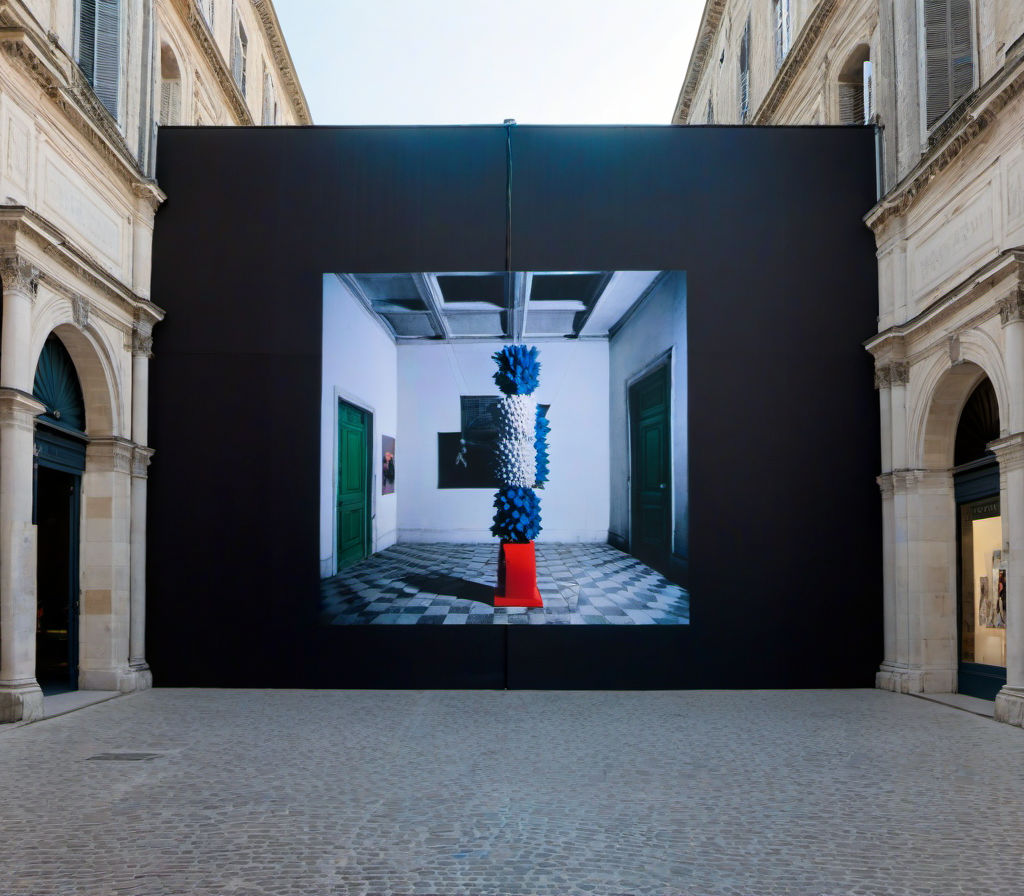This post was generated by an LLM
The 2019 Rencontres d’Arles, marking its 50th anniversary, featured a curated selection of exhibitions that emphasized technical innovation, thematic depth, and social commentary. Below is a structured summary of key technical details and informative insights from the event, based on the provided context:
1. Helen Levitt’s Retrospective: Color Photography and Urban Observation
Helen Levitt’s exhibition at the Espace Van Gogh showcased her iconic color photographs from the 1970s, capturing the everyday lives of marginalized communities in New York. Her work, characterized by a “good mood comedy” of street scenes, employed a minimalist, observational style to document urban life [1]. The exhibition highlighted her role in redefining street photography as a medium for social critique, addressing historical marginalization of female photographers [1].
2. Marjan Teeuwen’s Destroyed House: Ephemeral Installation and Material Metaphors
The Destroyed House installation by Dutch artist Marjan Teeuwen was a temporary, site-specific work created within a building slated for demolition. Constructed from white stones, the piece symbolized the cyclical nature of destruction and reconstruction, reflecting tensions between order and chaos [2]. Its ephemeral nature underscored the impermanence of both art and the structures it inhabits, while the act of exposing buried materials served as a metaphor for reclaiming history [2].
3. Corps impatients: East German Photography and Resistance
Curated by Sonia Voss, this exhibition featured 16 lesser-known East German photographers from 1980–1989, documenting resistance against authoritarianism. The works captured subversive acts like body art, fashion, and public gatherings, which became forms of rebellion against state control [2]. The photographs emphasized the body as a site of defiance and the interplay between personal expression and systemic repression [2].
4. Evangelia Kranioti’s Les vivants, les morts et ceux qui sont en mer: Marginalized Communities and Political Commentary
Kranioti’s exhibition explored displaced and marginalized communities through projects like Beirut Fictions (2016–2018) and Era Incognita, Égypte (2019), which depicted domestic workers in Lebanon and impoverished Cairo residents [1]. Her work blended haunting imagery with political critique, using installations like Rio de Janeiro’s Carnival to symbolize cultural transformation and identity [1]. The exhibition highlighted photography’s role in amplifying overlooked narratives [1].
5. Datazone: Immersive Photography and Global Crises
Philippe Chancel’s Datazone exhibition used GPS-linked, immersive installations to document global crises, such as Dubai’s impoverished construction workers and Fukushima’s abandoned towns [4]. The project’s technical innovation lay in its spatial arrangement, which aimed to provoke reflection on systemic inequalities and environmental collapse [4]. The exhibition’s curator emphasized its role in awakening consciousness to “places where the world turns upside down” [4].
6. Home Sweet Home: Domestic Photography and Social Transformation
This exhibition traced the evolution of British documentary photography from the 1970s, focusing on domestic spaces as sites of memory and resistance. Works like Stephen McCoy’s photos of his Dyson vacuum cleaner’s interior revealed layers of domestic life, while Anna Fox’s Mum in a Million series explored cultural attachment to flowers [5]. The exhibition also addressed post-industrial decline and class tensions, such as Martin Parr’s June Street series documenting the end of an industrial neighborhood [5].
7. The Anonymous Project: Preserving Vernacular Photography
This initiative preserved over 800,000 vintage images from the 1950s–1980s, displayed in a restored building near Arles [3]. The project, led by Lee Shulman and Emmanuelle Halkin, contextualized domestic life by mirroring the original settings of the photographs, from kitchens to garages [3]. It underscored the importance of safeguarding photographic heritage as a cultural archive [3].
Technical and Thematic Significance
The 2019 Rencontres d’Arles prioritized ephemeral art (e.g., Teeuwen’s Destroyed House) and interdisciplinary approaches (e.g., Bourouissa’s fusion of photography and social critique [3]). Exhibitions like Datazone and Corps impatients demonstrated the use of technology (GPS, diaporamas) to enhance narrative depth [2]. The festival’s focus on gender representation and social justice—such as spotlighting female photographers and marginalized communities—reflected its role as a platform for contemporary visual storytelling [1].
These exhibitions collectively reaffirmed the Rencontres d’Arles as a vital space for exploring the intersection of art, history, and societal transformation.
50 ans des Rencontres d’Arles : Les expositions à ne pas manquer
50 ans des Rencontres d’Arles : Les expositions à ne pas manquer
50 ans des Rencontres d’Arles : Les expositions à ne pas manquer
50 ans des Rencontres d’Arles : Les expositions à ne pas manquer
50 ans des Rencontres d’Arles : Les expositions à ne pas manquer
This post has been uploaded to share ideas an explanations to questions I might have, relating to no specific topics in particular. It may not be factually accurate and I may not endorse or agree with the topic or explanation – please contact me if you would like any content taken down and I will comply to all reasonable requests made in good faith.
– Dan

Leave a Reply